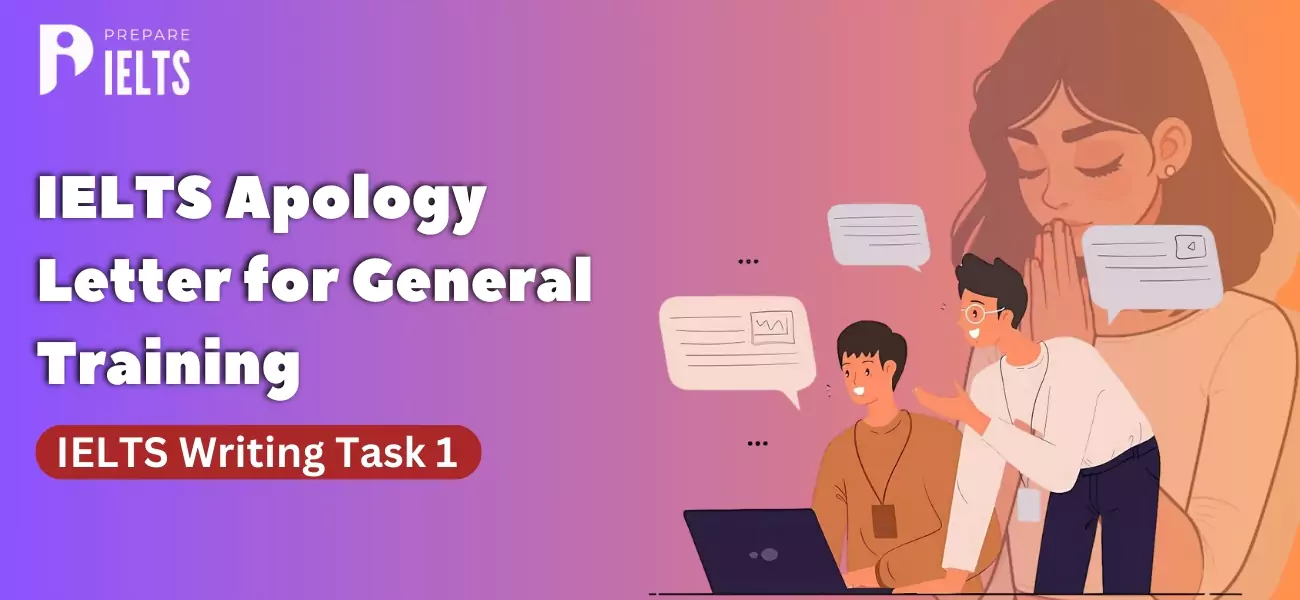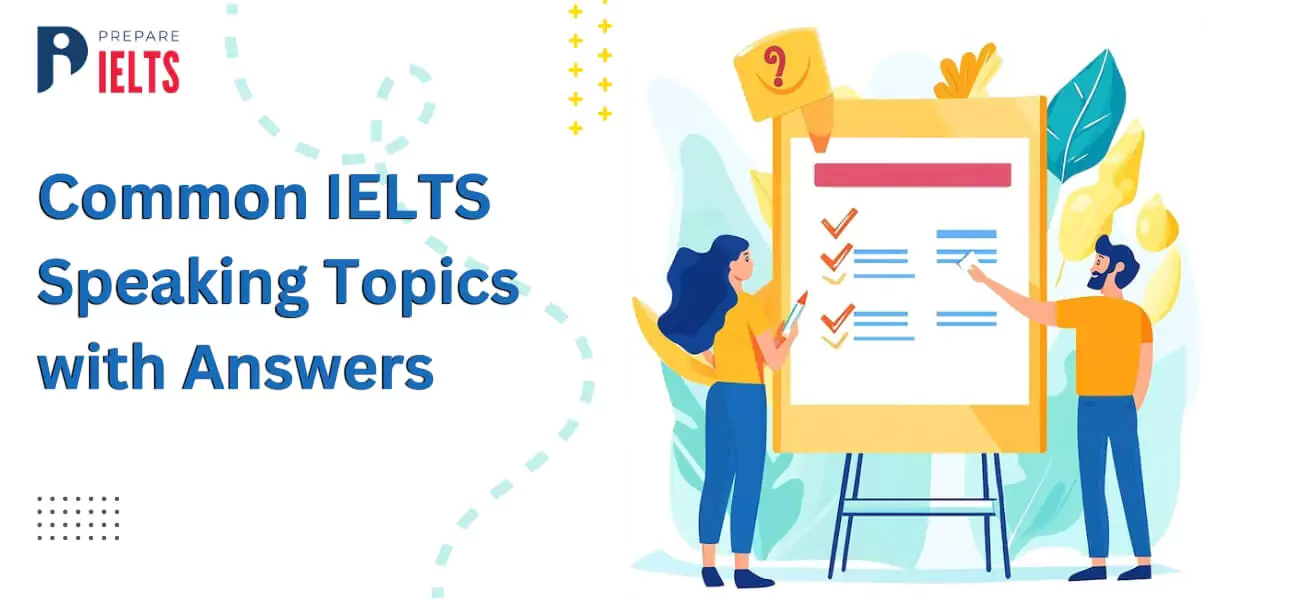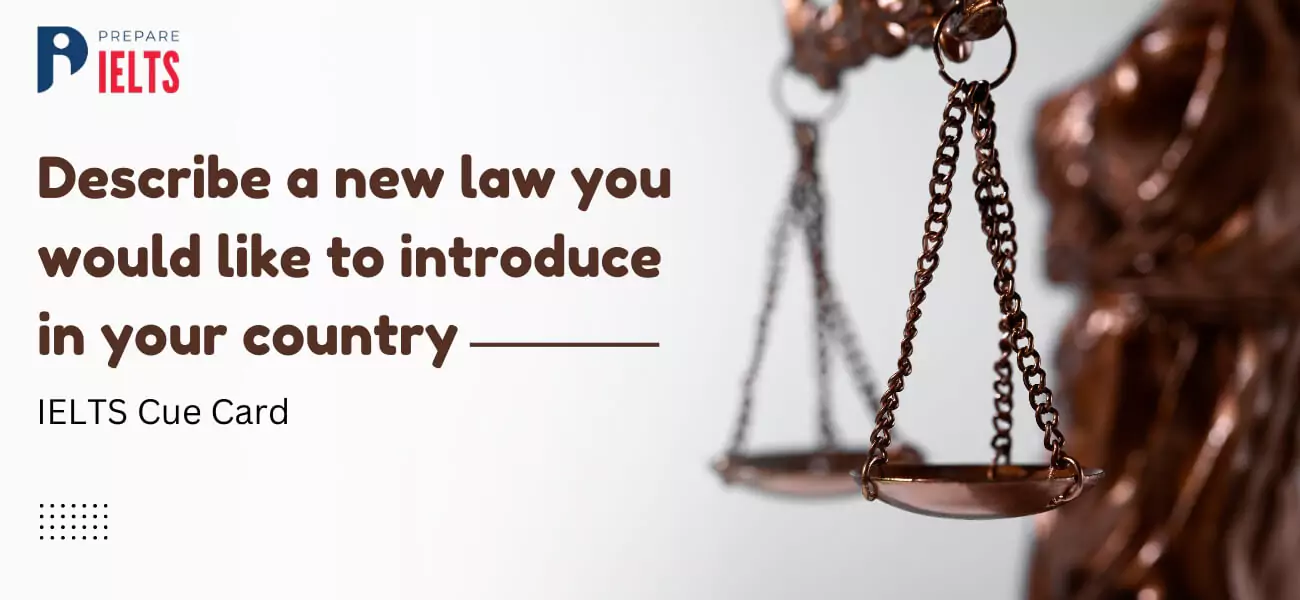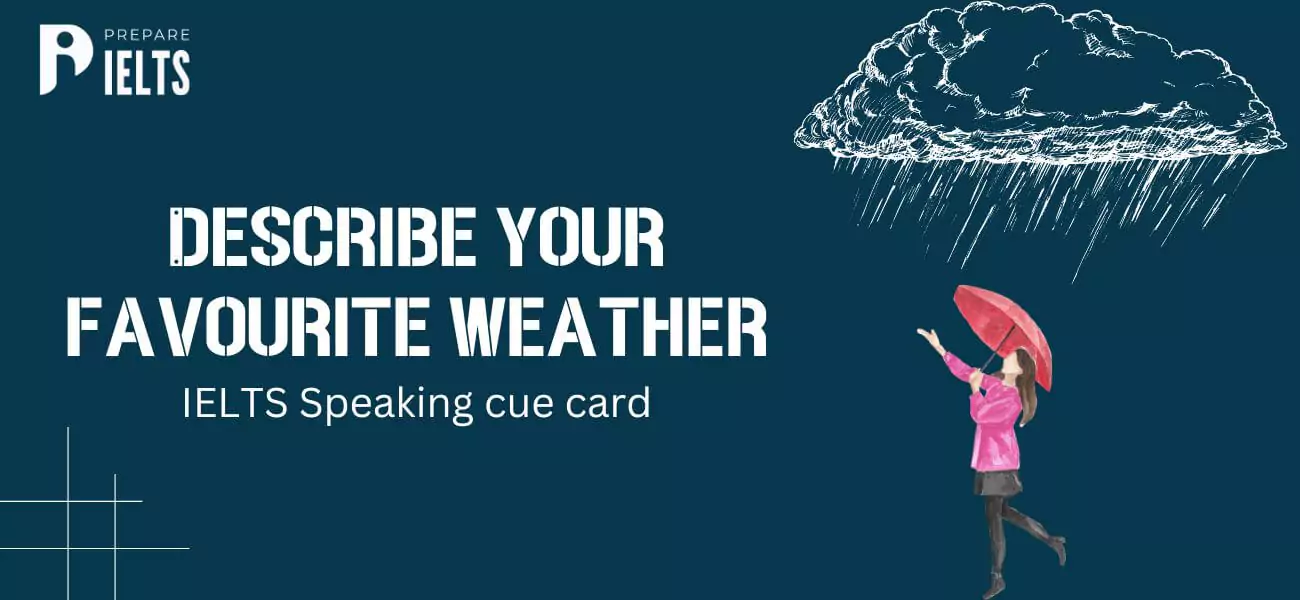
Overview
Are you confused about which exam to take, IELTS or TOEFL? If yes, then this blog is for you.
English proficiency test scores are needed for admission to universities in English-speaking nations. The most well-known tests are the TOEFL and IELTS. Although they use distinct formats, they both evaluate the candidates' understanding of speaking, writing, listening, and reading.
In this blog, we have discussed the difference between IELTS vs TOEFL, a comparison of scores between TOEFL vs IELTS, which test is easier, TOEFL or IELTS, and so on. So, here it is.
Difference Between IELTS and TOEFL
Let's look at the factors that influence differences between IELTS vs TOEFL.
-
Different types of exams
-
Organiser
-
Fee
-
Structure
-
Duration
-
Score
-
Results
-
Popularity
-
Acceptance by Universities
After learning the factors, let's learn what IELTS and TOEFL are.
What is IELTS?
The International English Language Testing System is an official language ability exam people take for work or education when they want to study abroad. It is regarded as credible in 140 nations worldwide. IELTS is available in two versions: IELTS Academic is intended for individuals who are pursuing education, while IELTS General Training is intended for working professionals and immigration purposes.
What is TOEFL?
In contrast, students who wish to study abroad frequently select the Test of English as a Foreign Language, another well-known language competency exam. This exam, recognised in around 130 countries worldwide, evaluates applicants ability to communicate effectively in a classroom setting.
The table below shows the difference between TOEFL vs IELTS:
| Features | IELTS | TOEFL |
|---|---|---|
|
Types of Exams |
Academic General Training |
TOEFL iBT (TOEFL Internet-based Test) TOEFL Test on Paper |
|
Organiser |
||
|
Fee |
INR 17,000 |
INR 16,900 |
|
Structure |
Reading, Writing, Speaking, Listening |
Reading, Writing, Speaking, Listening |
|
Duration |
2 hours 45 minutes |
1 hr 56 minutes |
|
Score |
1 to 9 |
0 to 120 |
|
Results after the test date |
3 to 5 days |
6 to 10 days |
|
Popularity |
Popular in Canada, the UK, and Australia |
Popular in the USA and Canada |
|
Acceptance |
11000+ International Colleges |
11500+ International Colleges |
Which is Easier TOEFL or IELTS?
Although there is nothing evident regarding which is easier TOFEL or IELTs, however, below are some of the factors that can assist you decide which English proficiency test to take according to your choice and skills:
-
University Requirements
-
Test Structure
-
Variety of Questions
-
Time Duration of the Test
-
Individual preference
Let’s discuss these factors in detail:
University Requirements
-
More than 10,000 colleges in more than 150 countries, including Australia, Canada, New Zealand, the UK, the USA, the EU, and Asia, accept the TOEFL-IBT.
-
More than 3,000 academic institutions in the USA, as well as those in Australia, the UK, and Canada, recognise the IELTS exam.
Test Structure
-
The computerised version of TOEFL is more widely used than the computerised version of IELTS, which debuted in 2018.
-
The four areas of each exam are Speaking, Writing, Reading, and Listening. IELTS is more context-based and grounded in real life, whereas TOEFL is more intellectual and resembles university texts.
Variety of Questions
-
Most TOEFL questions are multiple-choice, with options that can be rearranged to determine the right answer.
-
It's common for IELTS to require written responses. The TOEFL might be better if multiple-choice questions are more comfortable for you.
Time Duration of the Test
-
The TOEFL exam can last up to four and twenty minutes, but the IELTS examination can be completed in two hours and fifty-five minutes.
-
IELTS might be a better option if you want to take shorter tests.
Individual Preference
-
Speaking on the TOEFL requires candidates to converse with a computer, which trained assessors assess. Unlike other exams, IELTS involves an in-person interview with a test-taker.
-
Choosing between the two frequently boils down to personal taste.
Register Now, for a free Mock test - Join Today!
Test Format of TOEFL vs IELTS
Some significant differences between IELTS and TOEFL formats are visible while comparing them. The IELTS offers a more practical experience than the TOEFL, and the difficulty level varies depending on your English proficiency.
TOEFL Test Format
Let’s explore the TOEFL test format with the help of the table given below.
| Name of the Section | Number of Tasks | Duration (in minutes) |
|---|---|---|
|
Reading |
20 |
35 |
|
Listening |
28 |
36 |
|
Speaking |
4 |
16 |
|
Writing |
2 |
29 |
IELTS Test Format
Let’s explore the IELTS test format with the help of the table given below.
| Name of the Section | Number of Tasks | Duration (in minutes) |
|---|---|---|
|
Reading |
3 |
60 |
|
Listening |
4 |
30 |
|
Speaking |
3 |
11 to 15 |
|
Writing |
2 |
60 |
Reading Section of TOEFL vs IELTS
The TOEFL and IELTS differ from one another.
-
The IELTS Academic exam includes three reading passages totalling between 2,150 and 2,750 words, spanning various topics. The sources for these subjects are books, periodicals, newspapers, journals, and websites. However, the TOEFL exam only offers two reading sections of about 700 words. Importantly, you don’t have to be an expert to answer questions.
-
The TOEFL and IELTS want you to choose your responses depending on how well you comprehend the passages. Therefore, understanding the material is more important than being an expert on the subjects covered.
Listening Section of TOEFL vs IELTS
Let's examine the distinctions between the TOEFL and IELTS listening sections.
IELTS Listening Section:
-
The IELTS Listening section consists of four sections, with ten questions in each segment.
-
The last two portions are more scholarly, with the first two concentrating on daily life and societal circumstances.
-
While portions 2 and 4 are composed of monologues, sections 1 and 3 offer a variety of speakers for a more engaging listen.
TOEFL Listening Section:
-
The structure of TOEFL listening involves five parts, incorporating conversations and lectures in a language applicable to studying abroad.
-
This format includes three lectures, each followed by six questions and two conversations involving two speakers, which add diversity to the listening tasks.
Speaking Section of TOEFL vs IELTS
Let's examine the distinctions between the TOEFL and IELTS speaking sections in more detail. There is a significant difference in the way the speaking portions of the TOEFL and IELTS are administered.
-
In the Speaking portion of the IELTS exam, you talk with an IELTS examiner in person or via video call. However, the speaking portion of the TOEFL requires you to use your listening comprehension skills when you answer questions with a microphone. As a result, speaking and listening tasks are combined in the TOEFL speaking part.
-
Furthermore, human examiners judge speaking responses on the IELTS, while the TOEFL combines artificial intelligence (AI) and human evaluators to assess speaking responses.
Writing Section of TOEFL vs IELTS
Let's study the differences between the IELTS and TOEFL writing sections. The two writing assignments on the TOEFL and IELTS have different formats.
IELTS Writing Section:
-
Graphs, charts, tables, and diagrams containing information are given to candidates for the first IELTS Writing Task. They have twenty minutes to produce at least one hundred and fifty words.
-
Candidates must write a response of at least 250 words for IELTS Writing Task 2, which addresses an argument, issue, or point of view. You have forty minutes to finish this task.
TOEFL Writing Section:
-
Task 1 on the TOEFL consists of an integrated reading, writing, and listening assignment. After reading a brief excerpt and listening to a brief lecture, candidates must compose a response based on the information provided.
-
Continuing, TOEFL Task 2 requires producing an essay to back up a position in an online discussion forum. This task evaluates the written expression of concepts consistently and coherently.
Comparison of Scores between TOEFL vs IELTS
Your total score on the IELTS is the average of your results in each of the four components. Scores range from 1 to 9. For example, if your average is 6.25, the result is 6.5 after rounding. The TOEFL, on the other hand, has a maximum score of 120 points.
The following is a general comparison of the overall scores on the TOEFL and IELTS:
| TOEFL Band Score | IELTS Band Score |
|---|---|
|
118-120 |
9 |
|
115-117 |
8.5 |
|
110-114 |
8 |
|
102-109 |
7.5 |
|
94-101 |
7 |
|
79-93 |
6.5 |
|
60-78 |
6 |
|
46-59 |
5.5 |
|
35-45 |
5 |
|
32-34 |
4.5 |
|
0-31 |
0-4 |
Conclusion
To sum up, you must pass an English proficiency exam as an Indian student to get admitted to foreign universities. Even though we have gone over IELTS and TOEFL in great depth, the choice ultimately comes down to personal preferences and objectives. From an academic perspective, getting high marks on these tests will help you get into the university of your dreams and be crucial for your visa application.
If you want to know more about the TOEFL vs IELTS or want to prepare for TOEFL or IELTS, we recommend you sign up for our IELTS courses designed by our experts. Please contact Prepare IELTS Exam (PI) expert counsellors if you need further guidance. Our team of education experts is dedicated to assisting you in the best possible way for the IELTS exam. You can also get a one-on-one counselling session online via our platform. Contact us at info@prepareieltsexam.com or call us at +91 9773398388.
FAQs
In the TOEFL Speaking part, test takers respond to tasks by speaking into a microphone. It assesses how well they can express their ideas and thoughts in English. Take comprehensive TOEFL practice exams regularly to track your progress. Examine your errors and work on strengthening your weak points. Creating a test-like environment will also lessen test-day anxiety.
The General Training version is meant for people looking for work or immigration, while the Academic version is meant for those applying to study at the university level. The Reading and Writing tasks in each edition differ, even though the Speaking and Listening sections are the same.
The four sections of the TOEFL are Read, Listen, Speak, and Write. There are differences in the language skills assessed in each section. A computer-based format is used to administer the test. The TOEFL exam lasts for one hour and fifty-six minutes in total.
On the TOEFL exam, a person might get between 0 and 120 total points. A score of more than 90 is generally seen as essential; nevertheless, what is deemed good depends on the standards of the institution to which you are applying. You must verify the exact score requirements for the colleges you want to apply to.
IELTS tests consist of four parts: speaking, reading, writing, and listening. Every segment includes assessments of various language proficiency levels. The Academic and General Training test categories have the same speaking and listening components. However, every edition has a separate portion on writing and reading.
Latest Blogs
-

IELTS Score for Canada: Minimum IELTS Requirement for Canada 2025
2024-09-27 18:24:14
-

IELTS Apology Letter for General Training: IELTS Writing Task 1
2024-09-25 16:38:03
-

Minimum IELTS Score for Australia: Student Visas, Universities, and PR in Australia
2024-09-23 18:09:51
-

Common IELTS Speaking Topics with Answers
2024-09-20 18:21:56
-

Describe a foreign culture that you like: IELTS speaking cue card
2024-09-18 16:14:11
-

Describe a Rainy Day IELTS Speaking cue card
2024-09-18 11:11:32
-

Describe a new law you would like to introduce in your country IELTS cue card
2024-09-13 17:17:46
-

Describe your favourite weather: IELTS cue card
2024-09-11 18:01:28
-

Describe an enjoyable journey by public transport: IELTS cue card
2024-09-09 18:05:45
-

Step-by-Step Guide to IELTS Registration in India for the Year 2024 & 2025
2024-09-07 12:59:51


